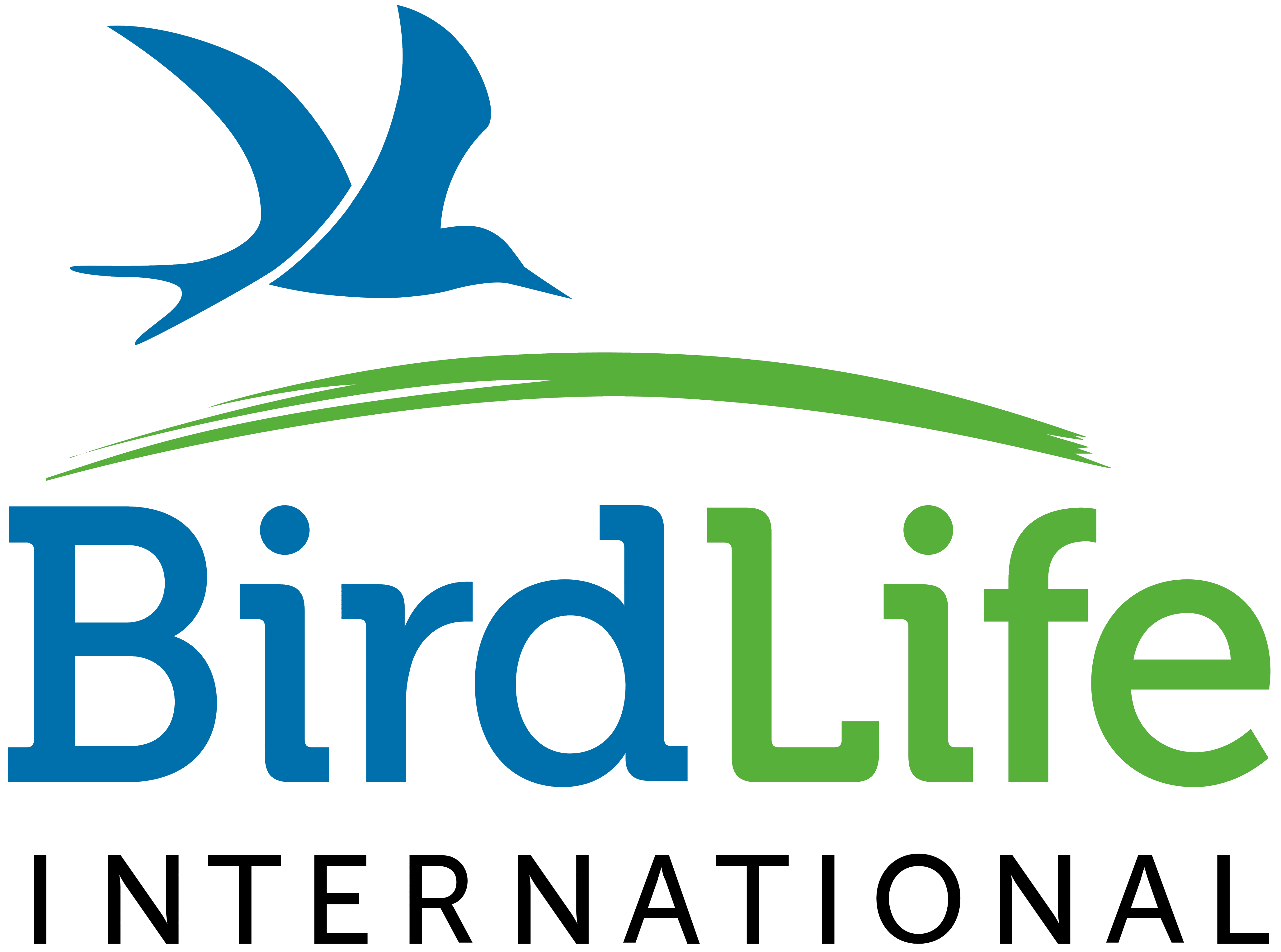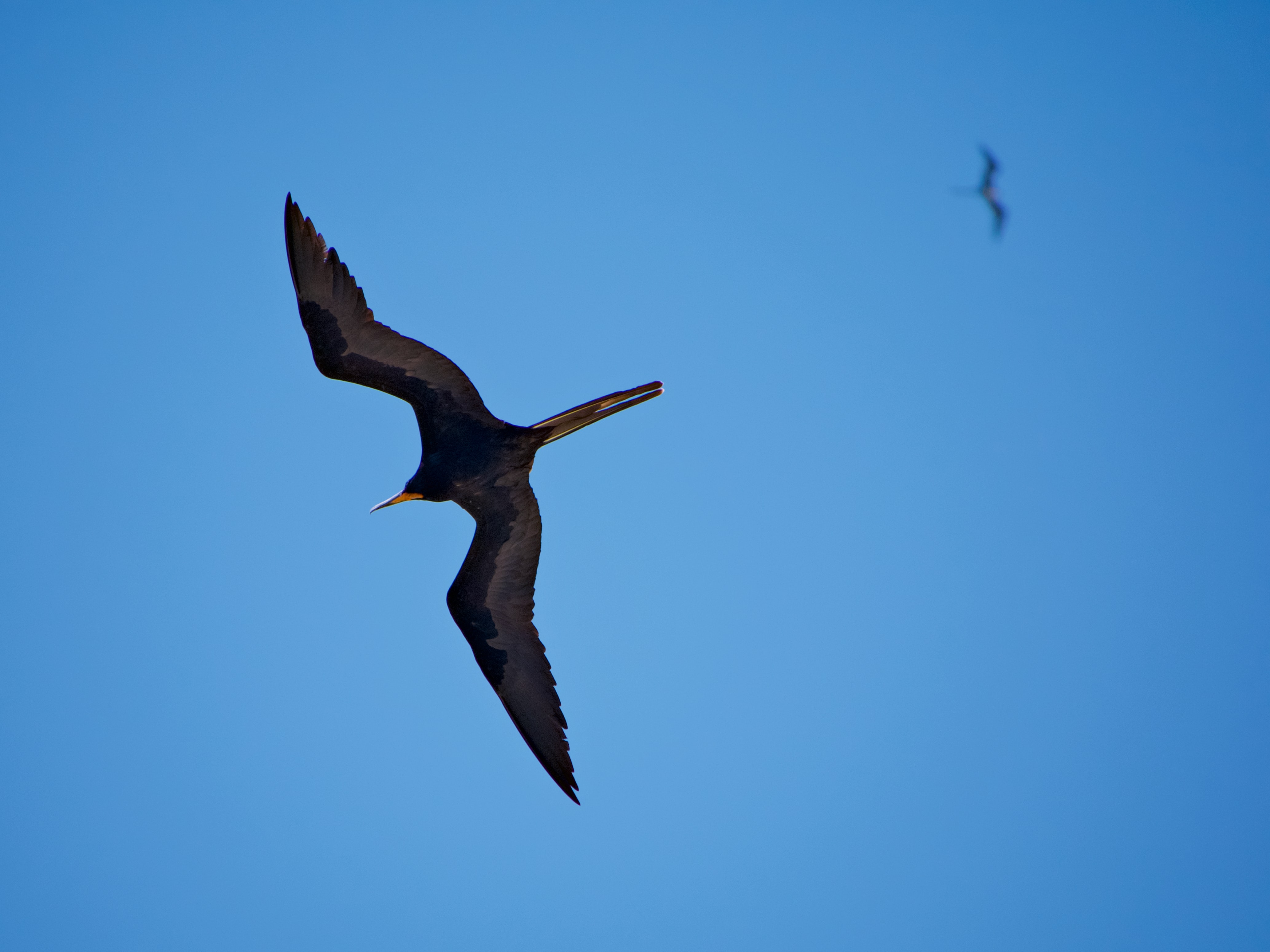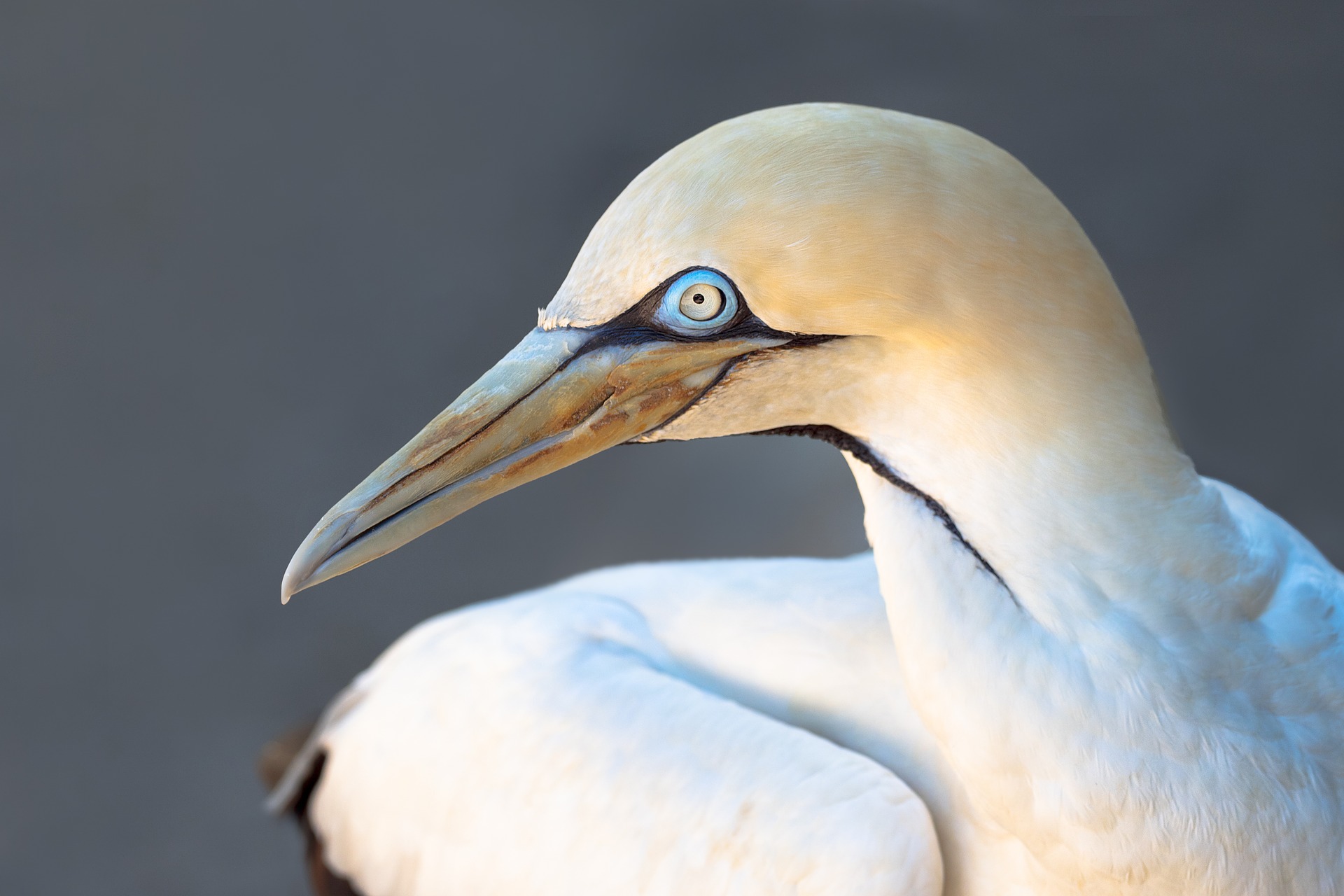Lead: Tammy Davies, BirdLife International

Seabirds are one of the most threatened groups of birds. However, because of their highly dispersed and mobile ecology, their distributions and behaviour at sea have hitherto not been well understood. Remote tracking data are vital to help understand how they use the oceans and identify important sites for their conservation. GOBI supported the development and expansion of the Seabird Tracking Database – the largest collection of seabird tracking data in existence. It brings together data from almost half of all seabird species through the unique collaboration of seabird scientists from around the world.
The Seabird Tracking Database (STDB) is a key tool for marine conservation work and has seen a considerable growth in data over the past 7 years, reaching 10 million data points in 2017, with data for 115 species contributed by 172 researchers. Today, there are now more than 35 million data points for 166 species contributed by 252 researchers, tracked from more than 450 colonies across 55 countries. GOBI supported improvements to the underlying data management system, and the development of a front-facing website that showcases the conservation impact of the database and highlights species tracking data gaps to direct future efforts.
A series of technical and policy workshops convened by the GOBI team brought together seabird experts in the western and north-western Indian Ocean to further the collection of seabird tracking data in the region and promote its application in conservation actions. On a broader scale, seabird tracking data supported by the GOBI IKI grant has been used in more than 30 successful proposals for marine protected areas and other area-based management efforts, perhaps most notably in the establishment of the North Atlantic Current and Evlanov Sea basin (NACES) marine protected area, designated by the OSPAR Commission in the North-east Atlantic in 2021 and subsequently expanded to include the benthic component two years later.
Seabirds are of course only one group of animals in the marine ecosystem, and there are a number of initiatives to identify areas of the ocean that are important for other taxa, such as marine mammals, sea turtles, and sharks and rays. Highlighting a need to identify and consolidate synergies between these initiatives, the GOBI team brought these groups together for a productive workshop on the synergies, including multi-taxa hotspots, and how collective input can be more strategically directed at policy fora.
GOBI has also furthered the scientific understanding of threats to seabirds, carrying out a global, systematic, quantitative assessment of the threats to all 359 seabird species. The results (Dias et al. 2019) highlighted the main pressures driving seabird population declines (invasive species, bycatch and climate change) and outlined priority actions for seabird conservation. A series of five workshops in 2021 sought to identify an engagement and mitigation strategy for the major identified threats to seabirds: overfishing, harvesting/hunting, marine plastics, renewable energy infrastructure, and oil and gas/light pollution.
GOBI recognised an opportunity to use seabird tracking data to demonstrate the importance of connectivity and responsibility for high seas conservation. To identify the major and predictable routes travelled by seabirds between breeding and non-breeding sites, the team compiled a vast amount of tracking data from the STDB for long-distance migrants. Six Marine Flyways were identified, illustrated through a series of infographics, interactive online case studies, and a short animation. The Marine Flyways concept was launched on World Migratory Bird Day 2023 and the Global Bird Weekend. The Marine Flyways framework will be used to build connectivity into on-going work relating to site identification and protection and to secure intergovernmental support for marine conservation, via relevant policy processes such as the Kunming-Montreal Biodiversity Framework, Convention on Migratory Species, and BBNJ Treaty.

Above: Flyways are the major routes followed repeatedly and consistently by migrating birds between their breeding and non-breeding areas. Although there is a lot of variation between species and populations, flyways are the main migration routes that the majority of birds use. The Flyways approach provides a useful framework for coordinated intergovernmental action and has successfully led to partnerships to collaboratively address major land-based threats for species and sites. Infographic courtesy BirdLife International.
Impact and relevance
Information on seabird threats and conservation needs, as well as broader information from the Seabird Tracking Database, has been shared with a wide range of competent authorities, agencies and stakeholder organisations including CBD (both through the EBSA process and in the development of the Kunming-Montreal Global Biodiversity Framework), Nairobi Convention, Western Indian Ocean Regional Ocean Governance programme, Consortium for the Conservation of Coastal and Marine Ecosystems in the Western Indian Ocean, IUCN, Indian Ocean Tuna Commission, International Seabed Authority, and a long list of national governments and agencies who have used seabird data to help support marine spatial planning efforts and MPA designation.




Key publications from this work
Beal M et al. (2023) Quantifying annual spatial consistency in chick- rearing seabirds to inform important site identification. Biological Conservation 281, doi: 10.1016/j.biocon.2023.109994
Beal M, Oppel S, Handley J, Pearmain EJ, Morera-Pujol V, Carneiro APB, Davies TE, Phillips RA, Taylor PR, Miller MGR, Franco AMA, Catry,I, Patrício AR, Regalla A, Staniland I, Boyd C, Catry P, Dias MP (2021) track2KBA: an R package for identifying important sites for biodiversity from tracking data. Methods in Ecology and Evolution 12, doi: 10.1111/2041-210X.13713
Beal M, Dias, MP, Phillips RA, Oppel S, Hazin C et al. (2021) Global political responsibility for the conservation of albatrosses and large petrels. Science Advances 7; doi: 10.1126/sciadv.abd7225
Berr T, Dias MP, Andrefouet A, Davies T, Handley J, Le Corre M, Millon A & Vidal E (2023) Seabird and reef conservation must include coral islands. Trends in Ecology and Evolution 38; doi: 10.1016/j.tree.2023.02.004
Carneiro APB, Pearmain EJ, Oppel S, et al. (2020) A framework for mapping the distribution of seabirds by integrating tracking, demography and phenology. Journal of Applied Ecology 57; doi: 10.1111/1365- 2664.13568
Clark BL, Carneiro APB et al. (2023) Global assessment of marine plastic exposure risk for oceanic birds. Nature Communications 14; doi: 10.1038/ s41467-023-38900-z
Davies T, Carneiro A, Campos A, Hazin C, Dunn D, Gjerde K, Johnson D, Dias M (2021) Tracking data and the conservation of the High Seas: opportunities and challenges. Journal of Applied Ecology 58; doi: 10.1111/1365-2664.14032
Davies TE, Carneiro APB, Tarzia M, Wakefield E, Hennicke JC, Frederiksen M, Hansen ES, Campos B, Hazin C, Lascelles B, […], Dias M (2021) Multi-species tracking reveals major seabird hotspot in the North Atlantic. Conservation Letters 14; doi: 10.1111/conl.12824
Dias MP, Carneiro APB, Warwick-Evans V, et al. (2018) Identification of marine Important Bird and Biodiversity Areas for penguins around the South Shetland Islands and South Orkney Islands. Ecology and Evolution 8; doi: 10.1002/ece3.4519
Dias M, Martin R, Pearmain E, Burfield I, Small C, Phillips R, Yates O, Lascelles B, Borboroglu P, Croxall J (2019) Threats to seabirds: A global assessment. Biological Conservation 237; doi:10.1016/j.biocon.2019.06.033
Donald PF, Fishpool LDC, Ajagbe A, Bennun LA, Bunting G, […], Dias MP and others (2019) Important Bird and Biodiversity Areas (IBAs): the development and characteristics of a global inventory of key sites for biodiversity. Bird Conservation International 29; doi:10.1017/ S0959270918000102
Handley J, Rouyer M-M, Pearmain EJ, Warwick-Evans V, Teschke K, Hinke JT, Lynch H, Emmerson L, Southwell C, Griffith G, Cárdenas CA, Franco AMA., Trathan P, Dias MP (2021) Important Bird and Biodiversity Areas for Penguins in Antarctica, Targets for Conservation Action. Frontiers in Marine Science 7; doi:10.3389/fmars.2020.602972
Heerah K, Dias MP, Delord K, Oppel S, Barbraud C, Weimerskirch H, BostCA(2019) Important areas and conservation sites for a community of globally threated marine predators of the Southern Indian Ocean. Biological Conservation 234; doi: 10.1016/j.biocon.2019.03.037
Somveille M, Dias MP, Weimerskirch TE, Davies TE (2020) Projected migrations of southern Indian Ocean albatrosses as a response to climate change. Ecography 43; doi: 10.1111/ecog.05066
Steinfurth A, Oppel S, Dias MP et al. (2020) Important marine areas for the conservation of northern rockhopper penguins within the Tristan da Cunha Exclusive Economic Zone. Endangered Species Research 43; doi: 10.3354/esr01076

